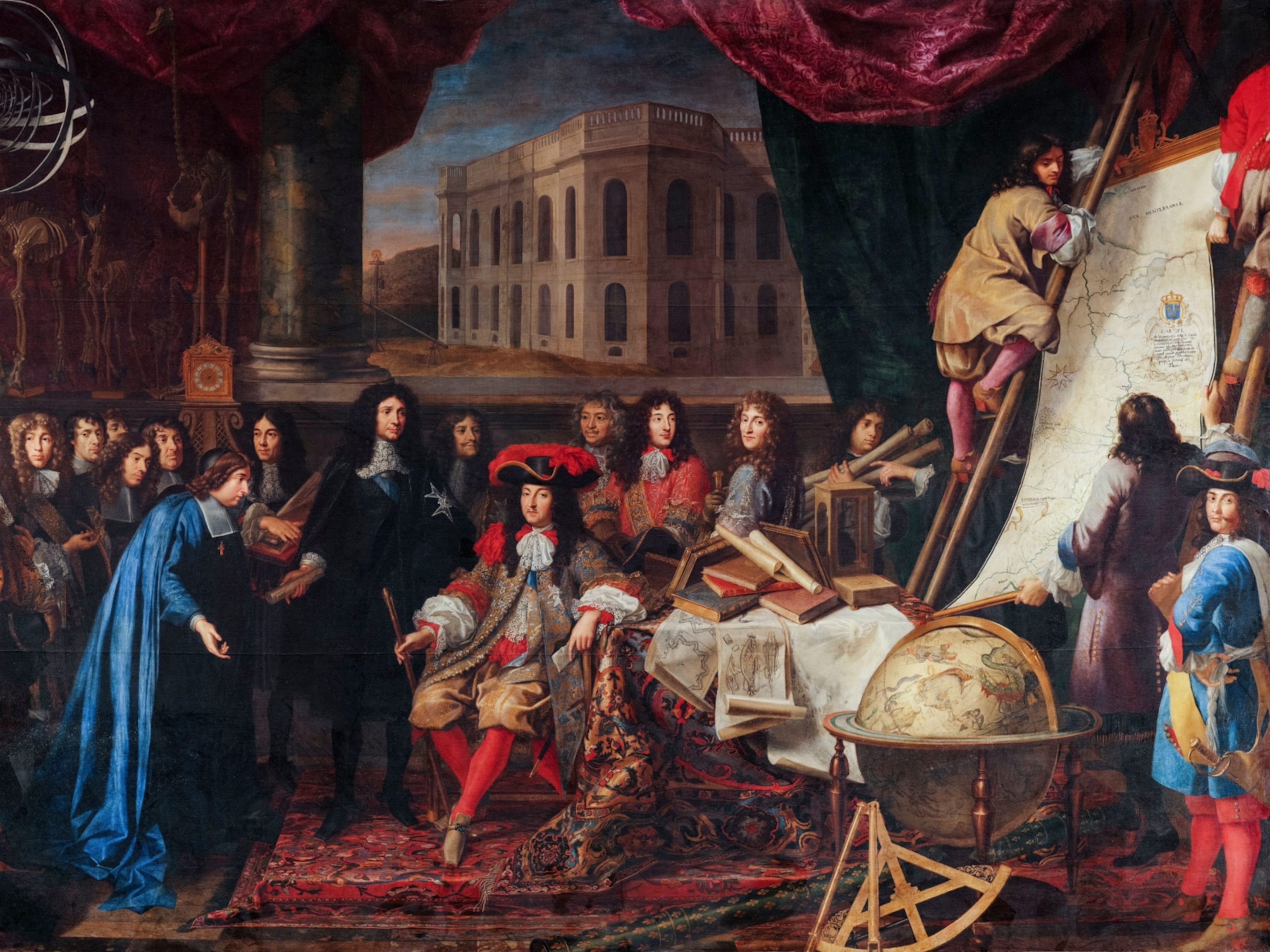
South America’s Amazonia Blurs the Present and the Past
Tracing the route of a 16th-century expedition, a photographer finds that in the jungle today, tribal myths coexist with modernity.

Noble savages, lost cities, pristine wilderness—Amazonia has always conjured romantic myths and stereotypes. But what is the jungle really like in the 21st century? In 2011 I set out to find the answer.

My interest actually began in 2008, when I was working with an indigenous community to reforest a patch of northeastern Brazil. The youngsters in the village liked to talk about the purity of tribal life, but it was a borrowed nostalgia. Like most kids their age, they danced, drank, and played soccer. One evening they refused to take me to a party; I wasn’t dressed well enough. At that moment I realized how much our perceptions and projections can differ from reality.
After that I started to read books about Amazonia. One of them was an account of the Spanish soldier Francisco de Orellana’s voyage down the Amazon River in the 1540s—the first European exploration of the region (but not, of course, the last). I decided to follow in the footsteps of that expedition, to see what the route is like today.





Starting in the Ecuadorian Andes, I slowly made my way downriver. For six weeks I traveled through the Peruvian Amazon on a medical boat from Peru’s navy. I arrived in Colombia, and finally Brazil, where I picked up the Trans-Amazon Highway. Access was often tricky, and usually expensive. I did a lot of research just to find routes that would work.
As I traveled, I photographed staged scenes of the people and places I encountered. I didn’t look for unspoiled nature or uncontacted tribes; I collaborated directly with local communities. In one of them, in Brazil, I shot a video clip for some indigenous rappers. Later I went back to their village and led a one-month video workshop. Good relationships with local people help me create meaningful work.
I hope this project reveals how ambiguous and complicated modern Amazonia really is. Many people there today aren’t indigenous; they’re there for economic reasons. Not all of them are against development. Once you have some comfort, it’s hard to go backward.






Related Topics
You May Also Like
Go Further
Animals
- This ‘saber-toothed’ salmon wasn’t quite what we thoughtThis ‘saber-toothed’ salmon wasn’t quite what we thought
- Why this rhino-zebra friendship makes perfect senseWhy this rhino-zebra friendship makes perfect sense
- When did bioluminescence evolve? It’s older than we thought.When did bioluminescence evolve? It’s older than we thought.
- Soy, skim … spider. Are any of these technically milk?Soy, skim … spider. Are any of these technically milk?
- This pristine piece of the Amazon shows nature’s resilienceThis pristine piece of the Amazon shows nature’s resilience
Environment
- This pristine piece of the Amazon shows nature’s resilienceThis pristine piece of the Amazon shows nature’s resilience
- Listen to 30 years of climate change transformed into haunting musicListen to 30 years of climate change transformed into haunting music
- This ancient society tried to stop El Niño—with child sacrificeThis ancient society tried to stop El Niño—with child sacrifice
- U.S. plans to clean its drinking water. What does that mean?U.S. plans to clean its drinking water. What does that mean?
History & Culture
- Séances at the White House? Why these first ladies turned to the occultSéances at the White House? Why these first ladies turned to the occult
- Gambling is everywhere now. When is that a problem?Gambling is everywhere now. When is that a problem?
- Beauty is pain—at least it was in 17th-century SpainBeauty is pain—at least it was in 17th-century Spain
- The real spies who inspired ‘The Ministry of Ungentlemanly Warfare’The real spies who inspired ‘The Ministry of Ungentlemanly Warfare’
- Heard of Zoroastrianism? The religion still has fervent followersHeard of Zoroastrianism? The religion still has fervent followers
Science
- Here's how astronomers found one of the rarest phenomenons in spaceHere's how astronomers found one of the rarest phenomenons in space
- Not an extrovert or introvert? There’s a word for that.Not an extrovert or introvert? There’s a word for that.
- NASA has a plan to clean up space junk—but is going green enough?NASA has a plan to clean up space junk—but is going green enough?
- Soy, skim … spider. Are any of these technically milk?Soy, skim … spider. Are any of these technically milk?
- Can aspirin help protect against colorectal cancers?Can aspirin help protect against colorectal cancers?
Travel
- What it's like to hike the Camino del Mayab in MexicoWhat it's like to hike the Camino del Mayab in Mexico
- Follow in the footsteps of Robin Hood in Sherwood ForestFollow in the footsteps of Robin Hood in Sherwood Forest
- This chef is taking Indian cuisine in a bold new directionThis chef is taking Indian cuisine in a bold new direction
- On the path of Latin America's greatest wildlife migrationOn the path of Latin America's greatest wildlife migration
- Everything you need to know about Everglades National ParkEverything you need to know about Everglades National Park




